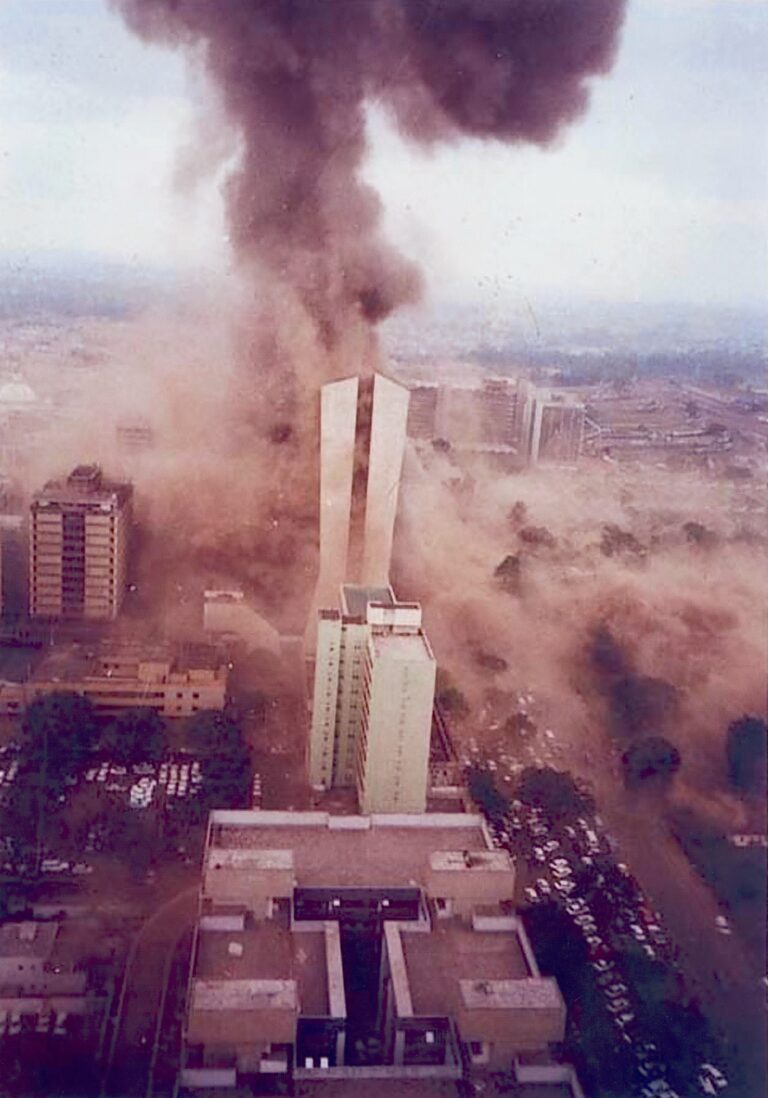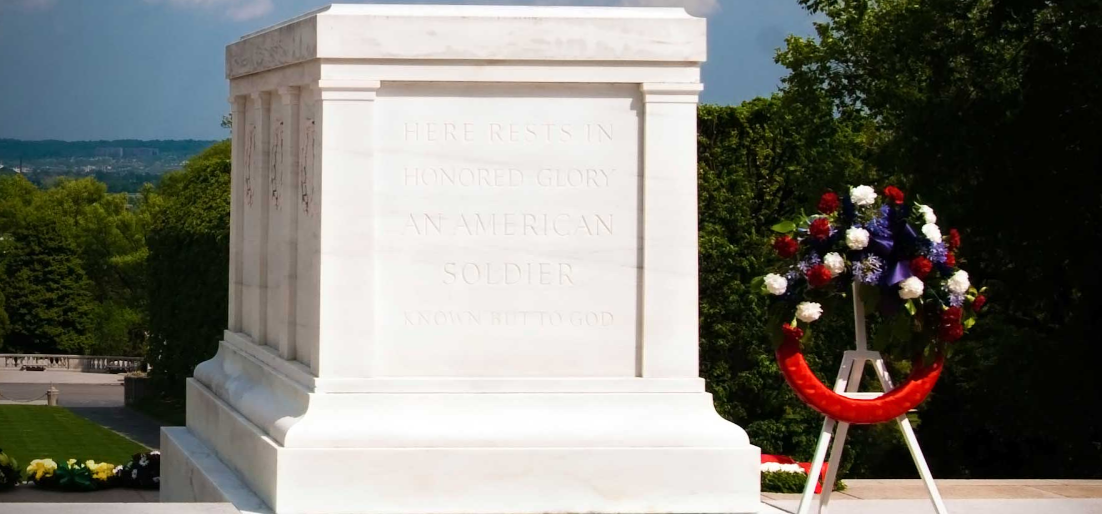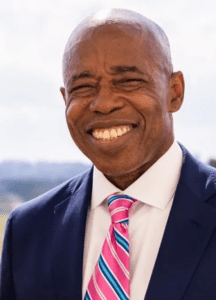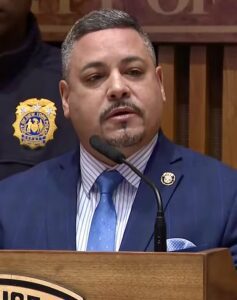At 10:30 a.m. local time on August 7, 1998, a powerful truck bomb exploded outside the U.S. embassy in Nairobi, Kenya. Shortly after, another truck bomb detonated outside the U.S. embassy in Dar es Salaam, the capital of Tanzania. These coordinated terrorist attacks resulted in the deaths of 224 people, including 12 Americans, and injured over 4,500 others. The United States blamed Saudi exile Osama bin Laden, a known advocate of international terrorism against America, for orchestrating the bombings. On August 20, President Bill Clinton ordered cruise missile strikes against bin Laden’s terrorist training camps in Afghanistan and a pharmaceutical plant in Sudan, allegedly involved in the production or distribution of chemical weapons.
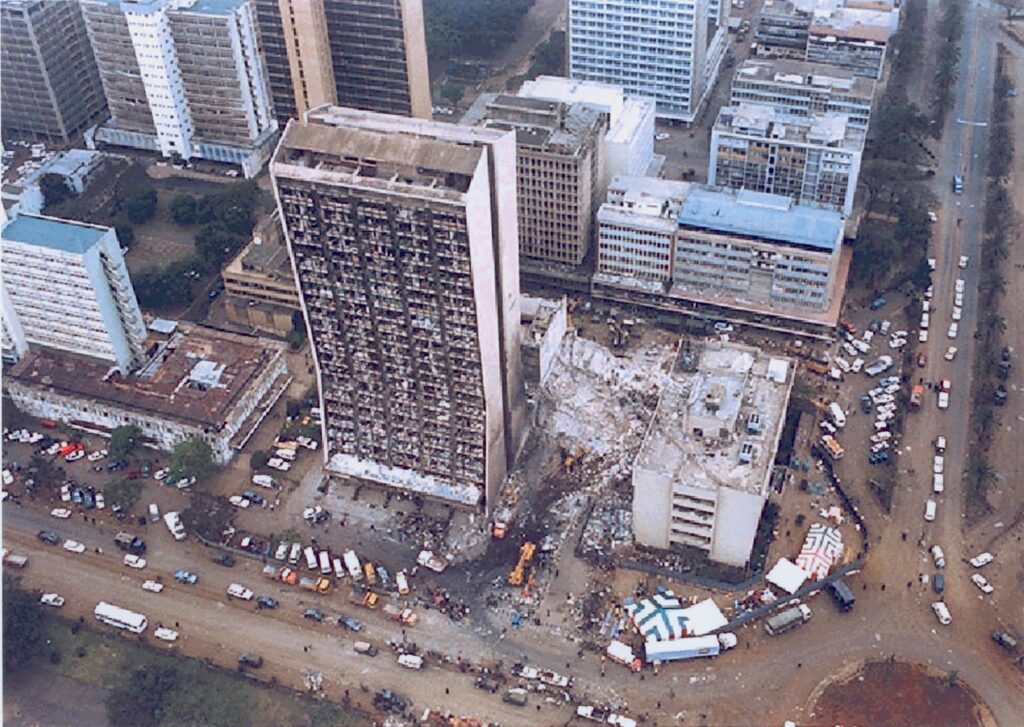
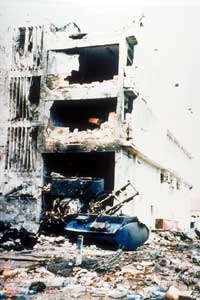

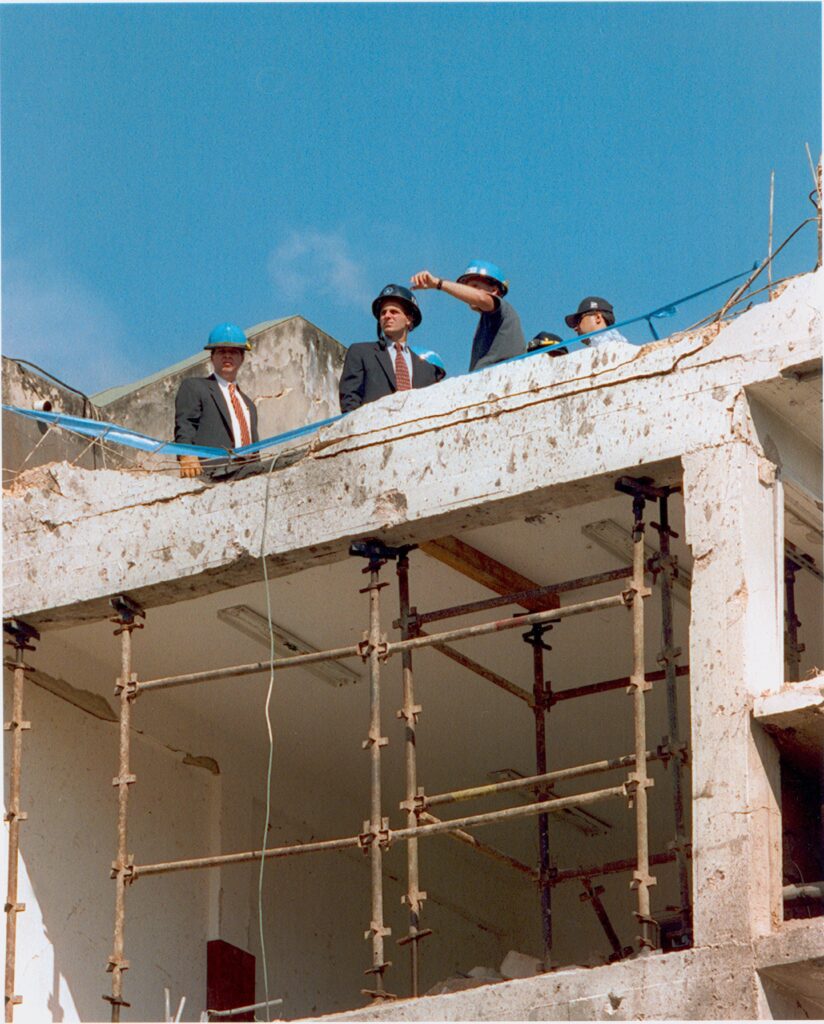

Born in 1957, Osama bin Laden hailed from one of Saudi Arabia’s wealthiest and most influential families. His father, an immigrant from South Yemen, transformed a modest construction business into a multibillion-dollar empire. Following his father’s death in 1968, bin Laden inherited approximately $30 million. For the next decade, he led a nomadic and luxurious lifestyle without clear direction. However, in 1979, the Soviet invasion of Afghanistan marked a turning point for bin Laden. Like tens of thousands of other Arabs, he volunteered to support Afghanistan in repelling the Soviet forces, whom he viewed as godless communist invaders of a Muslim nation.
During the initial years of the Afghan War, bin Laden traveled across Saudi Arabia and the Persian Gulf, raising funds for the anti-Soviet Afghan fighters. In 1982, he made his first trip to the front lines, providing construction equipment for the war effort. Though he participated in a few battles, his primary contribution was financial. During the war, he established connections with numerous Islamic militants, many of whom were as anti-Western as they were anti-Soviet.
After the Soviets withdrew from Afghanistan in 1989, bin Laden returned to Saudi Arabia, becoming increasingly critical of the ruling Saudi family, particularly after they welcomed hundreds of thousands of U.S. troops during the Persian Gulf War. Despite having his passport confiscated, he managed to leave Saudi Arabia in 1991 and settled in Sudan. From there, he vocally opposed the Saudi government and the ongoing U.S. military presence in Saudi Arabia, likening it to the Soviet occupation of Afghanistan.
Following the 1993 bombing of the World Trade Center in New York, U.S. authorities began to suspect bin Laden’s involvement in international terrorism against the United States. The military organization he had established during the Afghan War, al Qaeda, was believed to be evolving into an anti-U.S. terrorist network. In 1995, bin Laden called for guerrilla attacks against U.S. forces in Saudi Arabia, and three months later, a terrorist attack on a U.S. military installation killed five Americans. Under pressure from the U.S. and Saudi Arabia, Sudan expelled bin Laden in May 1996. The following month, a truck bomb killed 19 U.S. servicemen in Saudi Arabia, though bin Laden’s involvement in this attack remains unproven.
Bin Laden returned to Afghanistan with 200 of his followers, as the Taliban, an extremist Islamic fundamentalist faction, was gaining control. He funded the Taliban’s military campaign against Kabul, which fell to the militia in September 1996. Shortly after arriving in Afghanistan, bin Laden issued a fatwah, calling for war on Americans in the Persian Gulf and the overthrow of the Saudi government. In February 1998, he issued another fatwah, urging Muslims to kill Americans, including civilians, anywhere in the world.


On August 7, 1998, marking the eighth anniversary of U.S. troop deployment to Saudi Arabia, two U.S. embassies in East Africa were bombed almost simultaneously. The Nairobi embassy, located in a bustling downtown area, suffered the most devastation. A truck loaded with 2,000 pounds of TNT forced its way to the embassy’s back entrance and exploded, destroying the embassy, the nearby Ufundi Coop House, and severely damaging the 17-story Cooperative Bank. Rescue operations concluded with 213 deaths, including 12 Americans, and thousands injured, with many maimed or blinded. The attack on the Dar es Salaam embassy killed 11 and injured 85.
By 1997, American intelligence had detected bin Laden operatives in East Africa but failed to dismantle the terrorist cell before the attacks. Despite hearing of a potential plot to bomb the Nairobi embassy, they did not recommend increased security. U.S. ambassador to Kenya, Prudence Bushnell, independently requested the State Department to relocate the Nairobi embassy due to its vulnerable location, but her request was denied. These pre-bombing security lapses sparked controversy and highlighted America’s vulnerability abroad, though few anticipated the imminent threats that would shatter its sense of security at home.
In the days following the August 7 bombings, two of bin Laden’s associates were arrested and charged with the attacks. With bin Laden and other key suspects still at large, President Clinton ordered a retaliatory military strike on August 20. Approximately 70 American cruise missiles targeted three alleged bin Laden training camps in Afghanistan, killing an estimated 24 people, though bin Laden was not present. Thirteen cruise missiles struck a pharmaceutical plant in Sudan, killing a night watchman. The U.S. later retracted its claim that the plant was involved in chemical weapons production for al Qaeda.
In November 1998, the U.S. indicted bin Laden and 21 others for the embassy bombings and conspiring to commit other terrorist acts against Americans abroad. To date, nine al Qaeda members named in the indictments have been captured; six are in the U.S., and three are in Britain, fighting extradition.
In February 2001, four suspects were tried in New York on 302 criminal counts related to the embassy attacks. All four were convicted on May 29. Saudi citizen Mohamed Rashed Daoud al-‘Owhali and Tanzanian Khalfan Khamis Mohamed admitted to direct involvement but denied knowingly conspiring against the U.S. Lebanese-born U.S. citizen Wadih El-Hage and Jordanian Mohammed Saddiq Odeh admitted ties to bin Laden but denied participating in terrorist acts. All four received life sentences without parole.
On September 11, 2001, the world realized that the embassy attacks were a precursor to a far more devastating assault on the United States. On that day, 19 al Qaeda terrorists exploited weaknesses in U.S. domestic security, hijacking four airliners. These planes were flown into the World Trade Center towers in New York, the Pentagon in Arlington, Virginia, and a rural field in Pennsylvania. The almost simultaneous attacks killed 4,000 people and wounded 10,000. On October 7, the U.S. launched Operation Enduring Freedom, an international effort to oust the Taliban regime in Afghanistan, dismantle the al Qaeda network, and capture bin Laden, dead or alive.
On May 2, 2011, U.S. Navy SEALs killed bin Laden, and his body was buried at sea.

